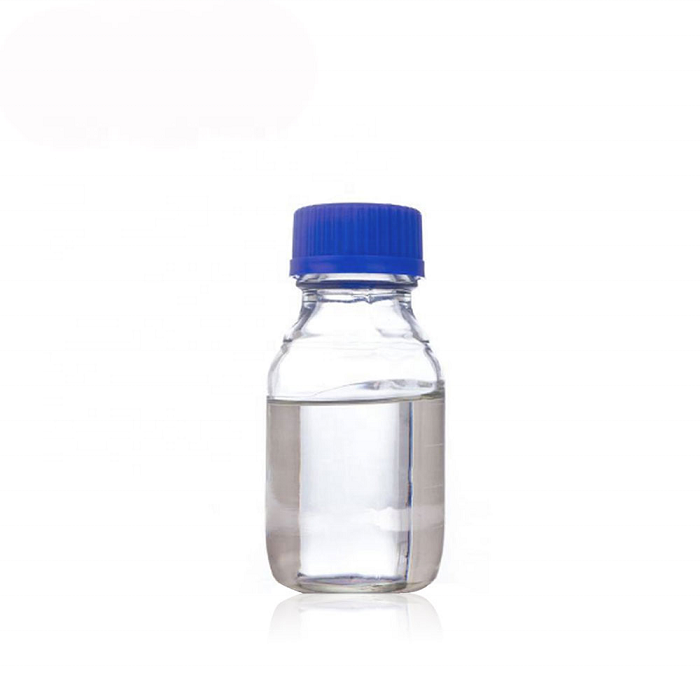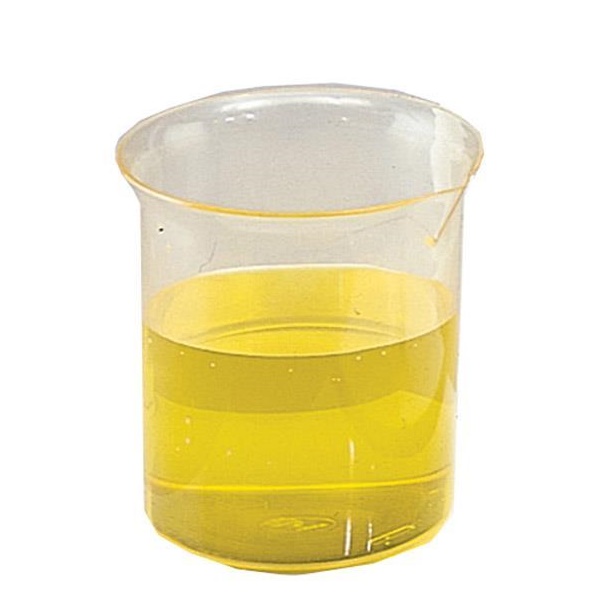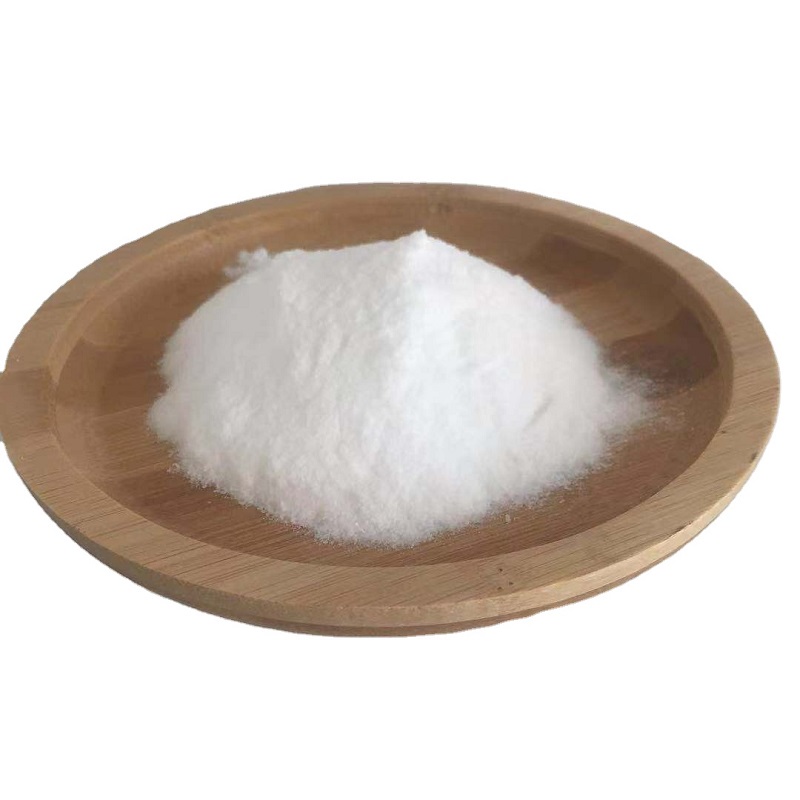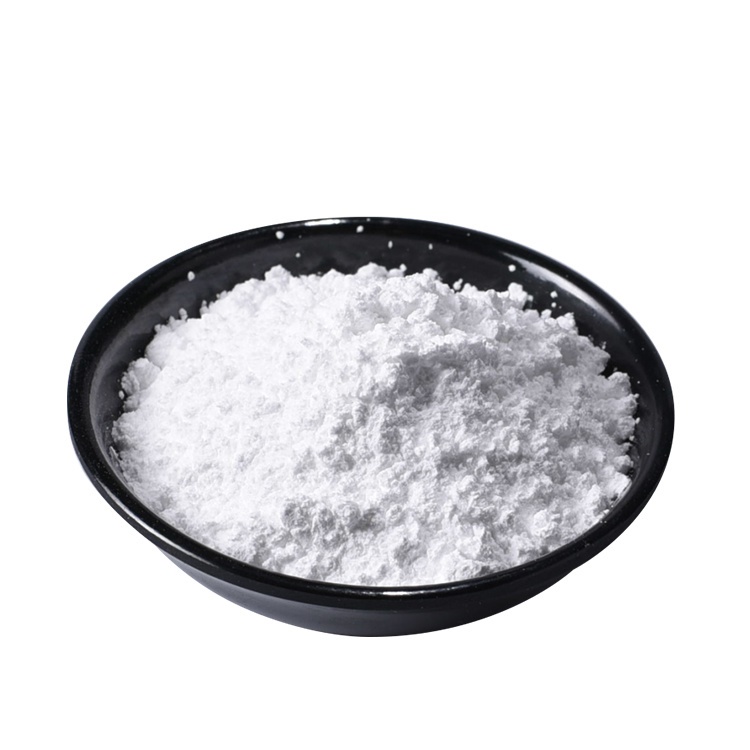

Dichloromethane CAS 75-09-2
——————
CAS number : 75-09-2
molecular formula : CH2Cl2
EINECS : 200-838-9
——————
Email : info@deshangchem.com
Mobile : +86-13153039501
TEL : +86-531-88752665
CAS number:75-09-2
molecular formula:CH2Cl2
molecular weight:84.93
EINECS number:200-838-9
English synonyms
F30;F30(chlorocarbon);Freon 30;Freon30;HCC30;Khladon30;M-clean D;Metaclen
Related categories
Chromatography reagents and ion-pair reagents; halogenated compounds; volatile organic compounds (VOCs); agricultural and environmental standards; synthetic material intermediates; alkanes; organic raw materials; solvents and co-solvents; pesticide intermediates; food processing aids; ultra-dry Solvents; organic chemical raw materials; organic solvents
Introduction
Dichloromethane is a compound formed by replacing two hydrogen atoms in the methane molecule with chlorine, with the molecular formula CH2Cl2. It is a colorless, transparent, heavier than water, volatile liquid with an ether-like smell and sweet taste, it does not burn, but it forms an explosive mixture when mixed with high concentration of oxygen. Dichloromethane is slightly soluble in water, miscible with most commonly used organic solvents, and miscible with other chlorinated solvents, ether, ethanol and N,N-dimethylformamide in any proportion. Dichloromethane is insoluble in liquid ammonia at room temperature, but can be quickly dissolved in phenol, aldehyde, ketone, glacial acetic acid, triethyl phosphate, formamide, cyclohexylamine, and ethyl acetoacetate. The relative density is 1.3266 (20/4°C). Melting point -95.1°C. The boiling point is 40°C. Non-flammable low-boiling solvent, often used to replace flammable petroleum ether, ether, etc., and can be used as dental local anesthetic, refrigerant and fire extinguishing agent. The spontaneous ignition point is 640°C. Viscosity (20°C) 0.43mPa·s. Refractive index nD (20°C) 1.4244. The critical temperature is 237°C and the critical pressure is 6.0795MPa. After pyrolysis, HCl and trace amounts of phosgene are produced, and long-term heating with water produces formaldehyde and HCl. Further chlorination can give CHCl3 and CCl4.
Chemical properties
| Melting point | -97 °C |
| Boiling point | 39.8-40 °C mm Hg(lit.) |
| Density | 1.325 g/mL at 25 °C(lit.) |
| Vapour density | 2.9 (vs air) |
| Vapor Pressure | 24.45 psi ( 55 °C) |
| Refractive index | n20/D 1.424(lit.) |
| Flash point | 39-40°C |
| Storage conditions | room temp |
| Solubility | Miscible in ethyl acetate, alcohol, hexanes, methanol, diethyl ether, n-octanol, acetone benzene, carbon tetrachloride, diethyl ether and chloroform. |
| Shape | Liquid |
| Color | APHA: ≤10 |
Specific gravity | 1.329 (20/20℃) |
Odor | Odor threshold 160 to 230 ppm |
Odor Threshold | 160ppm |
Explosive limit | 13-22%(V) |
| Water solubility | 20 g/L (20 ºC) |
| Maximum wavelength(λmax) | λ: 235 nm Amax: 1.00 |
Merck | 14,6063 |
BRN | 1730800 |
Henry's Law Constant | 2.49 at 30 °C (headspace-GC, Sanz et al., 1997) |
| Exposure Limits | TLV-TWA 50 ppm (~175 mg/m3) (ACGIH); carcinogenicity: Suspected Human Carcinogen (ACGIH), Animal Sufficient Evidence, Human Inadequate Evidence (IARC). |
| CAS database | 75-09-2(CAS DataBase Reference) |
Colorless transparent volatile liquid. Has a pungent ether-like odor. Soluble in about 50 times of water, soluble in phenol, aldehyde, ketone, glacial acetic acid, triethyl phosphate, ethyl acetoacetate, cyclohexylamine. Compatible with other chlorinated hydrocarbon solvents ethanol, ether and N,N-dimethylformamide.
Use
● It is a non-flammable low-boiling point solvent, used as a solvent in the production of cellulose acetate film, aerosol, antibiotics, and vitamins, and also used as an extraction agent, metal cleaning agent, etc.
● Dichloromethane is the raw material for the production of fungicides myclobutanil and miclobutanil, and it is also a good solvent.
● In addition to being used in organic synthesis, this product is also widely used as a solvent in the production of cellulose acetate film, cellulose triacetate spinning, petroleum dewaxing, aerosol and antibiotics, vitamins, steroids, and metal surface paint Cleaning degreasing and stripping agent. In addition, it is also used for grain fumigation and refrigeration of low-pressure freezers and air-conditioning units. Used as an auxiliary blowing agent in the production of polyether urethane foams and as a blowing agent for extruded polysulfone foams.
● Extraction solvent. For example, it is used to extract the caffeine in coffee beans. It is also used as an extraction solvent for hops and spice oleoresins. Pigment thinner.
● Used as a solvent, also used in organic synthesis
● Used as a solvent in the resin and plastic industries. Widely used in pharmaceutical, plastic and film industries.
● Cellulose acetate solvent. Fat and oil extractant. Substitutes for diethyl ether and petroleum ether.
Production method
● It is a non-flammable low-boiling point solvent, used as a solvent in the production of cellulose acetate film, aerosol, antibiotics, and vitamins, and also used as an extraction agent, metal cleaning agent, etc.
● Dichloromethane is the raw material for the production of fungicides myclobutanil and miclobutanil, and it is also a good solvent.
● In addition to being used in organic synthesis, this product is also widely used as a solvent in the production of cellulose acetate film, cellulose triacetate spinning, petroleum dewaxing, aerosol and antibiotics, vitamins, steroids, and metal surface paint Cleaning degreasing and stripping agent. In addition, it is also used for grain fumigation and refrigeration of low-pressure freezers and air-conditioning units. Used as an auxiliary blowing agent in the production of polyether urethane foams and as a blowing agent for extruded polysulfone foams.
● Extraction solvent. For example, it is used to extract the caffeine in coffee beans. It is also used as an extraction solvent for hops and spice oleoresins. Pigment thinner.
● Used as a solvent, also used in organic synthesis
● Used as a solvent in the resin and plastic industries. Widely used in pharmaceutical, plastic and film industries.
● Cellulose acetate solvent. Fat and oil extractant. Substitutes for diethyl ether and petroleum ether.

Dichloromethane CAS 75-09-2
CAS number:75-09-2
molecular formula:CH2Cl2
molecular weight:84.93
EINECS number:200-838-9
English synonyms
F30;F30(chlorocarbon);Freon 30;Freon30;HCC30;Khladon30;M-clean D;Metaclen
Related categories
Chromatography reagents and ion-pair reagents; halogenated compounds; volatile organic compounds (VOCs); agricultural and environmental standards; synthetic material intermediates; alkanes; organic raw materials; solvents and co-solvents; pesticide intermediates; food processing aids; ultra-dry Solvents; organic chemical raw materials; organic solvents
Introduction
Dichloromethane is a compound formed by replacing two hydrogen atoms in the methane molecule with chlorine, with the molecular formula CH2Cl2. It is a colorless, transparent, heavier than water, volatile liquid with an ether-like smell and sweet taste, it does not burn, but it forms an explosive mixture when mixed with high concentration of oxygen. Dichloromethane is slightly soluble in water, miscible with most commonly used organic solvents, and miscible with other chlorinated solvents, ether, ethanol and N,N-dimethylformamide in any proportion. Dichloromethane is insoluble in liquid ammonia at room temperature, but can be quickly dissolved in phenol, aldehyde, ketone, glacial acetic acid, triethyl phosphate, formamide, cyclohexylamine, and ethyl acetoacetate. The relative density is 1.3266 (20/4°C). Melting point -95.1°C. The boiling point is 40°C. Non-flammable low-boiling solvent, often used to replace flammable petroleum ether, ether, etc., and can be used as dental local anesthetic, refrigerant and fire extinguishing agent. The spontaneous ignition point is 640°C. Viscosity (20°C) 0.43mPa·s. Refractive index nD (20°C) 1.4244. The critical temperature is 237°C and the critical pressure is 6.0795MPa. After pyrolysis, HCl and trace amounts of phosgene are produced, and long-term heating with water produces formaldehyde and HCl. Further chlorination can give CHCl3 and CCl4.
Chemical properties
| Melting point | -97 °C |
| Boiling point | 39.8-40 °C mm Hg(lit.) |
| Density | 1.325 g/mL at 25 °C(lit.) |
| Vapour density | 2.9 (vs air) |
| Vapor Pressure | 24.45 psi ( 55 °C) |
| Refractive index | n20/D 1.424(lit.) |
| Flash point | 39-40°C |
| Storage conditions | room temp |
| Solubility | Miscible in ethyl acetate, alcohol, hexanes, methanol, diethyl ether, n-octanol, acetone benzene, carbon tetrachloride, diethyl ether and chloroform. |
| Shape | Liquid |
| Color | APHA: ≤10 |
Specific gravity | 1.329 (20/20℃) |
Odor | Odor threshold 160 to 230 ppm |
Odor Threshold | 160ppm |
Explosive limit | 13-22%(V) |
| Water solubility | 20 g/L (20 ºC) |
| Maximum wavelength(λmax) | λ: 235 nm Amax: 1.00 |
Merck | 14,6063 |
BRN | 1730800 |
Henry's Law Constant | 2.49 at 30 °C (headspace-GC, Sanz et al., 1997) |
| Exposure Limits | TLV-TWA 50 ppm (~175 mg/m3) (ACGIH); carcinogenicity: Suspected Human Carcinogen (ACGIH), Animal Sufficient Evidence, Human Inadequate Evidence (IARC). |
| CAS database | 75-09-2(CAS DataBase Reference) |
Colorless transparent volatile liquid. Has a pungent ether-like odor. Soluble in about 50 times of water, soluble in phenol, aldehyde, ketone, glacial acetic acid, triethyl phosphate, ethyl acetoacetate, cyclohexylamine. Compatible with other chlorinated hydrocarbon solvents ethanol, ether and N,N-dimethylformamide.
Use
● It is a non-flammable low-boiling point solvent, used as a solvent in the production of cellulose acetate film, aerosol, antibiotics, and vitamins, and also used as an extraction agent, metal cleaning agent, etc.
● Dichloromethane is the raw material for the production of fungicides myclobutanil and miclobutanil, and it is also a good solvent.
● In addition to being used in organic synthesis, this product is also widely used as a solvent in the production of cellulose acetate film, cellulose triacetate spinning, petroleum dewaxing, aerosol and antibiotics, vitamins, steroids, and metal surface paint Cleaning degreasing and stripping agent. In addition, it is also used for grain fumigation and refrigeration of low-pressure freezers and air-conditioning units. Used as an auxiliary blowing agent in the production of polyether urethane foams and as a blowing agent for extruded polysulfone foams.
● Extraction solvent. For example, it is used to extract the caffeine in coffee beans. It is also used as an extraction solvent for hops and spice oleoresins. Pigment thinner.
● Used as a solvent, also used in organic synthesis
● Used as a solvent in the resin and plastic industries. Widely used in pharmaceutical, plastic and film industries.
● Cellulose acetate solvent. Fat and oil extractant. Substitutes for diethyl ether and petroleum ether.
Production method
● It is a non-flammable low-boiling point solvent, used as a solvent in the production of cellulose acetate film, aerosol, antibiotics, and vitamins, and also used as an extraction agent, metal cleaning agent, etc.
● Dichloromethane is the raw material for the production of fungicides myclobutanil and miclobutanil, and it is also a good solvent.
● In addition to being used in organic synthesis, this product is also widely used as a solvent in the production of cellulose acetate film, cellulose triacetate spinning, petroleum dewaxing, aerosol and antibiotics, vitamins, steroids, and metal surface paint Cleaning degreasing and stripping agent. In addition, it is also used for grain fumigation and refrigeration of low-pressure freezers and air-conditioning units. Used as an auxiliary blowing agent in the production of polyether urethane foams and as a blowing agent for extruded polysulfone foams.
● Extraction solvent. For example, it is used to extract the caffeine in coffee beans. It is also used as an extraction solvent for hops and spice oleoresins. Pigment thinner.
● Used as a solvent, also used in organic synthesis
● Used as a solvent in the resin and plastic industries. Widely used in pharmaceutical, plastic and film industries.
● Cellulose acetate solvent. Fat and oil extractant. Substitutes for diethyl ether and petroleum ether.
Team Presentation







